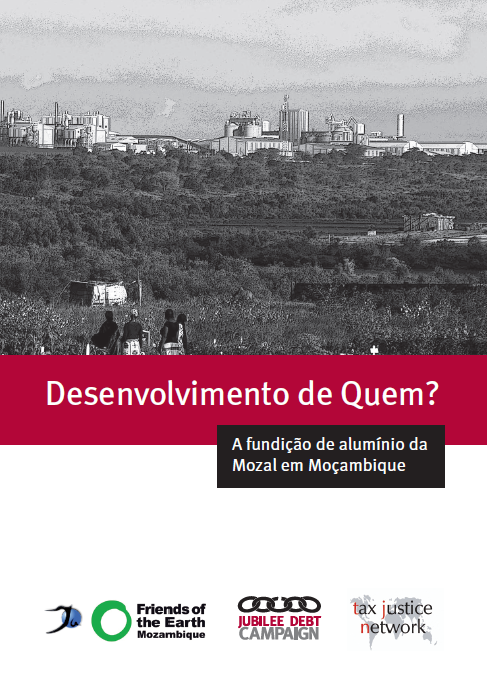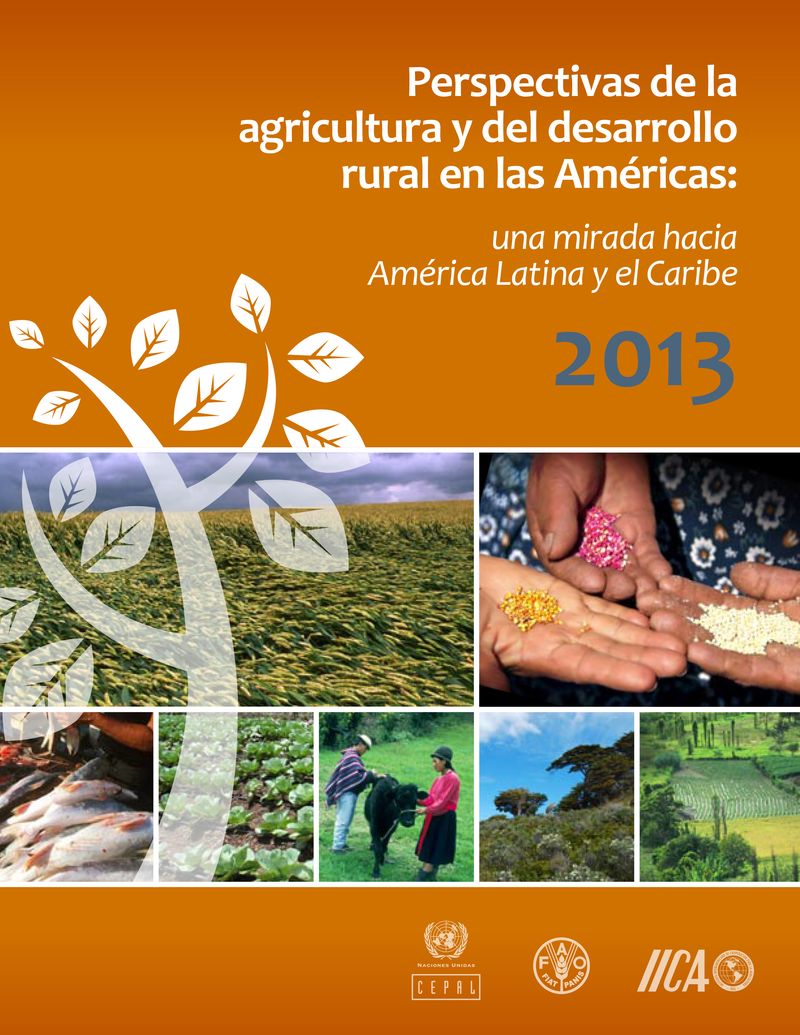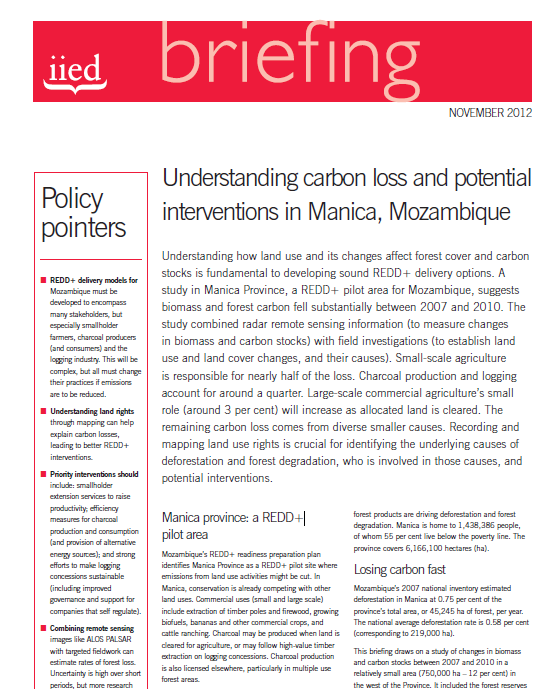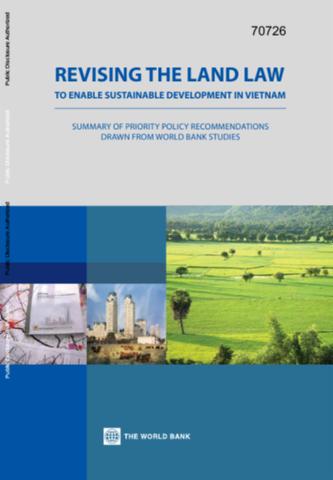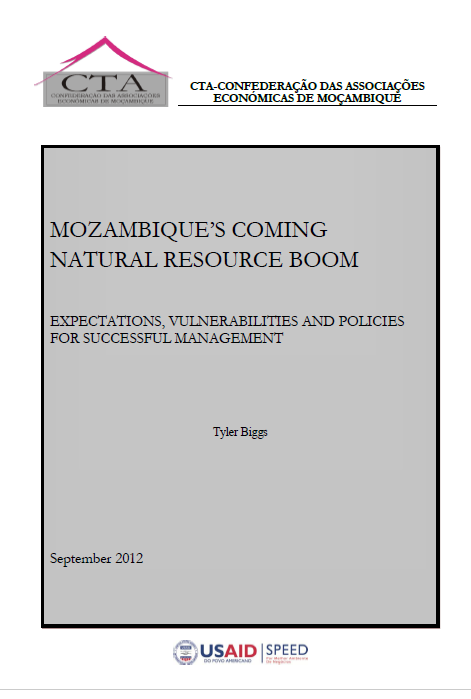Desenvolvimento de Quem?
Desde 1999 que governos estrangeiros deram um grande apoio financeiro e político à construção da fundição de alumínio da Mozal em Moçambique. Metade dos custos de construção da Mozal vieram diretamente, ou foram garantidos por instituições públicas. Em troca, estas e os investidores privados têm recebido grandes retornos em lucros e juros. O governo de Moçambique, em contrapartida, tem ganho muito pouco. Por cada $1i pago pela fundição ao governo de Moçambique, estima-se que $21 deixem o país em lucros ou juros para governos e investidores estrangeiros.

